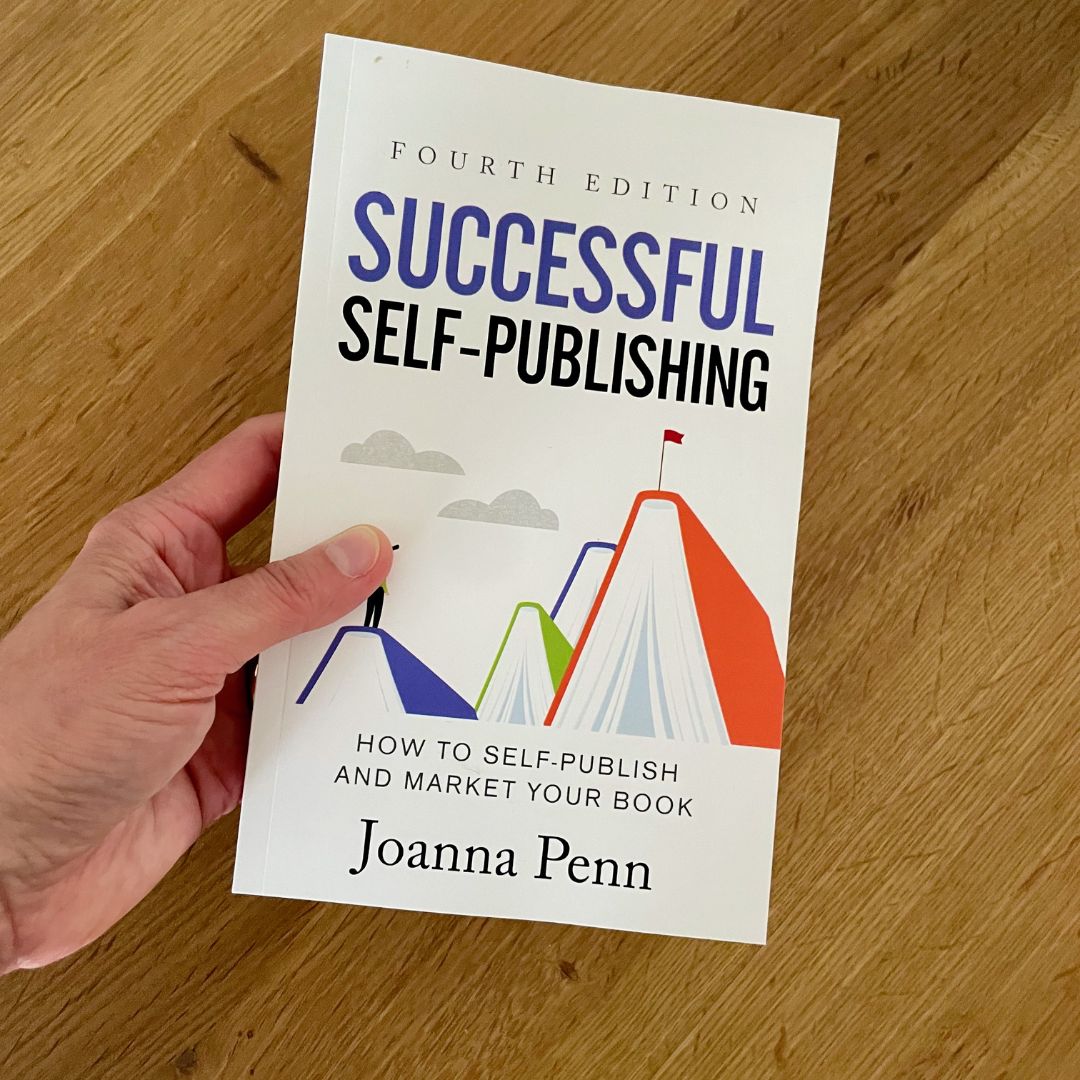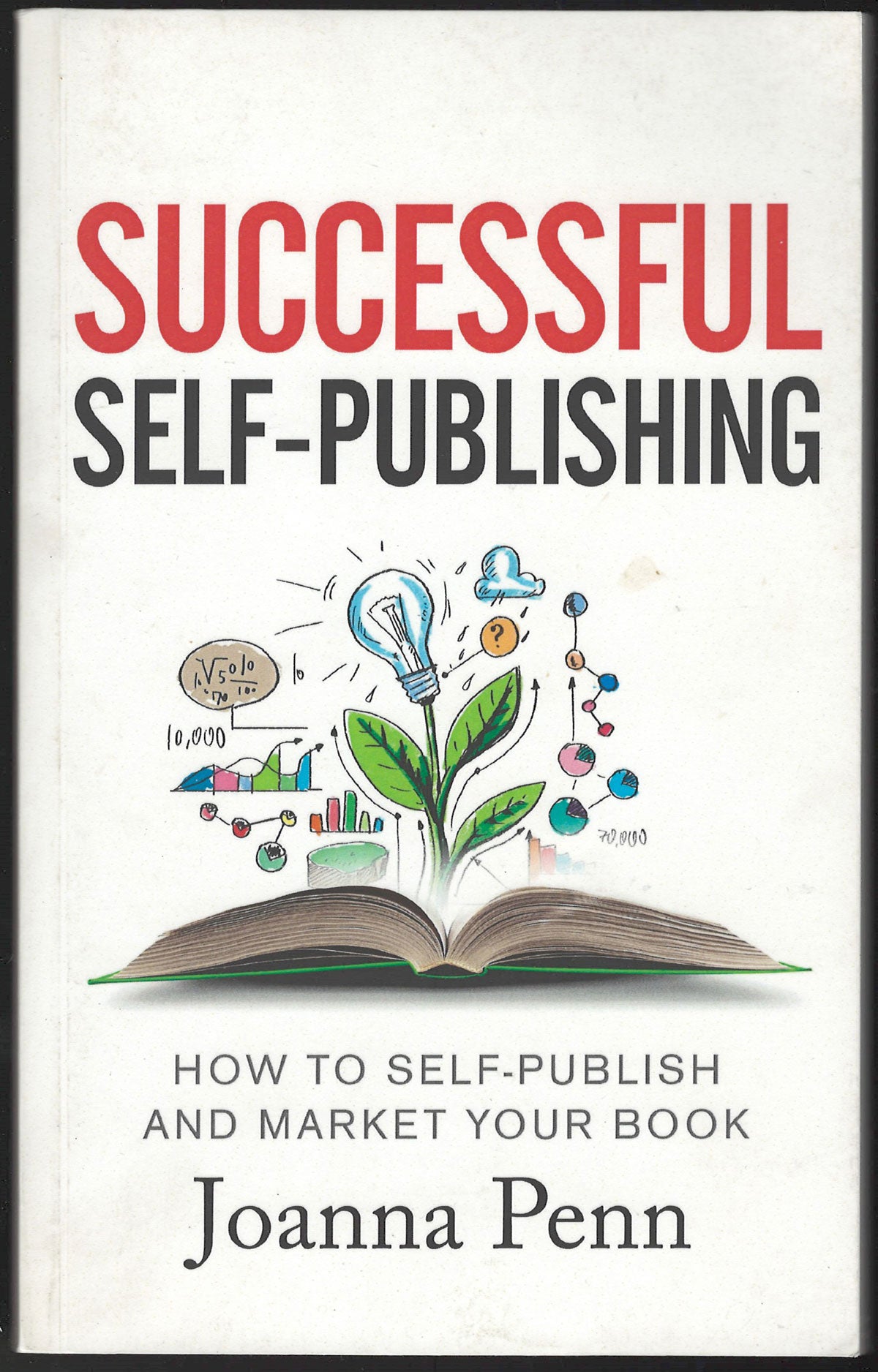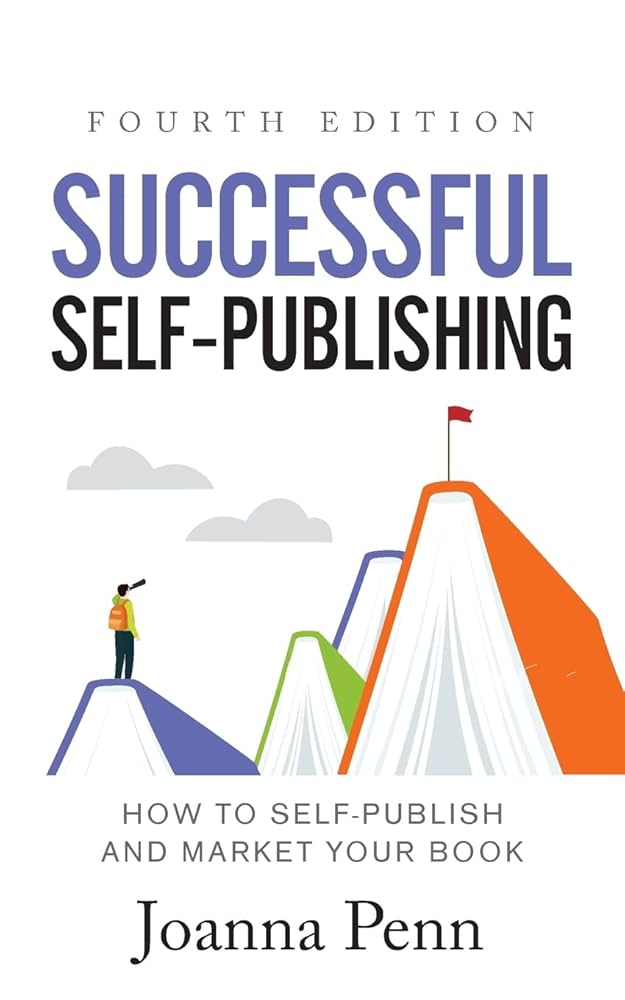Have you ever wondered if you can be successful self-publishing your own book? The idea of writing, publishing, and selling your work all by yourself might seem overwhelming.
But what if you could turn your passion into profit without waiting for a traditional publisher? This article will show you the key steps and insider tips that can help you take control of your writing career and make your self-publishing dreams a reality.
Keep reading—your success story could start right here.

Credit: creativepennbooks.com
Setting Realistic Goals
Setting realistic goals is key to self-publishing success. Clear, achievable goals keep you focused and motivated. They help avoid frustration and wasted effort. You need a plan that fits your skills and time.
Start small. Think about what you want from your book and career. Success means different things to different people. Define your own version before you begin.
Identifying Your Target Audience
Know who will read your book. Age, interests, and problems matter. Write with your readers in mind. This makes your book more appealing and easier to market.
Research readers like you want to attract. Join online groups or forums. See what books they like and talk about. Use this to guide your writing and promotion.
Choosing The Right Genre
Pick a genre you enjoy and understand. Writing in a familiar genre helps you stay motivated. It also meets reader expectations better.
Check which genres sell well but don’t chase trends only. Balance passion with market demand. This balance helps your book find the right audience and grow steadily.
Crafting A Quality Manuscript
Crafting a quality manuscript is key to success in self-publishing. A well-written book attracts readers and builds trust. It shows professionalism and respect for the audience.
Focus on clear ideas and smooth flow. Avoid mistakes that distract readers. A polished manuscript makes a strong first impression.
Editing And Proofreading Strategies
Start with a thorough self-edit. Remove extra words and fix grammar errors. Read aloud to catch awkward sentences.
Use tools like spell checkers but don’t rely only on them. Take breaks between edits for fresh eyes. Multiple rounds of editing improve clarity and style.
Proofreading is the last step. Look for typos, punctuation, and formatting issues. Clean text helps readers focus on the story.
Seeking Professional Feedback
Ask experienced editors to review your manuscript. They spot mistakes and suggest improvements. Professional feedback raises your book’s quality.
Join writing groups or find beta readers. Honest opinions help identify weak spots. Use feedback to make your story stronger and clearer.
Investing in professional help shows commitment. It increases your chances of success in self-publishing.
Designing An Eye-catching Cover
Designing an eye-catching cover is crucial for self-publishing success. A strong cover grabs attention quickly. It makes readers want to learn more about your book. The cover is often the first impression. A well-designed cover can increase sales and reader trust.
Importance Of Professional Design
A professional cover design looks clean and clear. It shows your book is serious and worth reading. Amateur covers can turn readers away. A good designer knows how to use colors, fonts, and images well. They create covers that stand out on online stores. Professional design builds confidence in your book.
Cover Trends That Sell
Simple covers with bold text attract many readers. Bright colors or strong contrasts catch the eye. Images that hint at the story create curiosity. Many bestsellers use minimal but powerful designs. Keep covers up to date with current styles. This helps your book look fresh and relevant.
Effective Marketing Techniques
Marketing plays a key role in self-publishing success. Without a strong plan, even the best books may stay unnoticed. Effective marketing helps authors reach readers and build a loyal audience. It creates awareness and drives sales over time.
Focus on building connections, sharing your story, and staying consistent. Use different tools and channels to spread the word. The right techniques make your book visible and attract readers who enjoy your work.
Building An Author Platform
An author platform is your base for marketing efforts. It shows who you are and what you write. Start by creating a simple website with your bio, book details, and contact info. Add a blog to share updates and thoughts.
Consistent content keeps readers interested. Join writing groups and forums to connect with other authors and fans. Your platform grows as you share your voice and build trust with readers.
Utilizing Social Media
Social media helps reach many readers quickly. Choose one or two platforms where your audience spends time. Post regularly about your writing journey, book news, and related topics. Short, clear posts work best.
Engage with followers by replying to comments and messages. Share behind-the-scenes moments to make your audience feel involved. Use visuals like images or videos to catch attention. Avoid hard selling; focus on building relationships.
Leveraging Email Newsletters
Email newsletters keep readers informed and connected. Offer a free chapter or bonus content to encourage sign-ups. Send regular emails with news, events, and exclusive offers.
Keep messages short and friendly. Personalize emails by addressing readers by name. Newsletters create loyalty and invite readers to support your future work. They are a direct link to your audience without relying on social media algorithms.
Choosing The Right Publishing Platforms
Choosing the right publishing platform plays a key role in self-publishing success. The platform you select affects your book’s reach, sales, and overall impact. It also determines how easy it is to upload, format, and promote your work.
Knowing the options helps you make smart decisions. Different platforms offer various tools, services, and audience access. Picking the best fit saves time and increases your chances of success.
Comparing Popular Self-publishing Services
Amazon Kindle Direct Publishing (KDP) leads the market with vast reach. It offers easy setup and global distribution. KDP allows control over pricing and royalties.
IngramSpark provides wide print and ebook distribution. It connects to bookstores and libraries. IngramSpark suits authors seeking physical book sales.
Draft2Digital simplifies ebook publishing and distribution. It sends your book to multiple retailers at once. The platform includes formatting tools and sales tracking.
Smashwords focuses on indie authors and wide ebook distribution. It supports many ebook formats and retailers. Smashwords offers marketing options for new authors.
Understanding Distribution Options
Distribution means how and where your book is sold. Platforms differ in their reach to online stores, libraries, and bookstores.
Wide distribution covers many retailers beyond Amazon. It helps reach a larger audience but may reduce royalties.
Exclusive distribution usually means selling only on one platform. Amazon’s KDP Select offers this with extra marketing benefits. Exclusive deals may limit your book’s presence elsewhere.
Print-on-demand services print books only after orders. This lowers upfront costs and avoids inventory. It suits authors wanting physical books without large investments.
Pricing And Promotions
Pricing and promotions play a big role in self-publishing success. They help your book reach more readers and increase sales. Setting the right price and running good promotions can make your book stand out. Let’s explore how to do both well.
Setting Competitive Prices
Choose a price that fits your book’s genre and length. Check prices of similar books by other authors. Avoid setting your price too high or too low. A fair price attracts readers and keeps you earning. Consider starting with a lower price to build reviews. Then raise it once your book gains popularity.
Running Successful Book Promotions
Use promotions to boost your book’s visibility. Offer discounts or free days to attract new readers. Plan promotions during holidays or special events. Tell your audience about the promotion ahead of time. Keep promotions short and focused to create urgency. Monitor results and adjust your strategy for next time.
Building Reader Relationships
Building strong relationships with readers is key to self-publishing success. Readers who feel connected to you and your work are more likely to buy your books and recommend them to others. This connection grows through honest communication and active engagement. It creates trust and loyalty, which are vital for long-term success.
Engaging With Reviews And Feedback
Reviews give useful insights about your book. Respond to them politely, even if they are negative. Thank readers for their time and thoughts. Use feedback to improve your writing and future books. This shows readers you care about their opinions. It also builds respect and loyalty.
Creating A Loyal Fanbase
Regularly share updates about your books and writing process. Use email newsletters or social media to connect directly. Offer exclusive content or sneak peeks to loyal readers. Encourage readers to join your community and share their experiences. A loyal fanbase helps spread the word and supports your career.

Credit: herebebooksandgames.com
Scaling Your Self-publishing Business
Scaling your self-publishing business means growing beyond a single book. It requires planning and smart decisions. Building a larger catalog can help you reach more readers and increase income. Expanding into new formats opens fresh opportunities for your work. Both strategies create steady growth and long-term success.
Focus on creating a system that allows steady production. This keeps your audience engaged and builds trust. Think about how to reuse ideas and themes across books. This saves time and gives readers a familiar experience. Diversifying your offerings also attracts different types of readers.
Writing A Series Or Multiple Books
Writing a series keeps readers coming back for more. Each book should connect but also stand alone. This helps new readers join at any point. Multiple books increase your chances of sales and reviews. You can reuse characters, settings, and themes to save time. Plan your series before starting to keep the story consistent.
Shorter books in a series can release faster. This keeps your audience excited and waiting. Series also help with marketing because they create buzz. Readers often buy the next book right away. This builds a loyal fan base that supports your work over time.
Exploring Audiobooks And Other Formats
Audiobooks are growing fast and reach busy readers. Many people listen during commutes or chores. Turning your book into audio can increase your sales. You can hire a narrator or record yourself. Make sure the audio quality is clear and professional.
Ebooks and print books remain important but adding formats helps. Consider large print editions or translations for wider reach. Different formats attract different readers. This spreads your work across platforms and markets. The more formats you offer, the more chances to earn.

Credit: www.amazon.com
Frequently Asked Questions
What Are Key Steps To Succeed In Self Publishing?
Success in self publishing requires quality writing, professional editing, and attractive cover design. Marketing and building an audience are essential. Consistency and learning from feedback also improve results. Effective use of online platforms can boost visibility and sales.
How Much Can You Earn From Self Publishing?
Earnings vary widely based on book quality, niche, and marketing efforts. Some authors earn a modest side income, while others make six-figure incomes. Self publishing offers higher royalty rates compared to traditional publishing, increasing profit potential.
Is Self Publishing Better Than Traditional Publishing?
Self publishing offers more control, higher royalties, and faster publication. Traditional publishing provides editorial support, marketing, and wider distribution but less control. The best choice depends on goals, budget, and preferred level of involvement.
What Marketing Strategies Work For Self Published Authors?
Effective strategies include social media promotion, email newsletters, book giveaways, and author websites. Engaging with readers and using targeted ads can boost visibility. Networking with other authors and participating in book fairs also helps.
Conclusion
Success in self-publishing is possible with effort and patience. Many authors start small and grow over time. Writing good content and reaching readers matter most. Learning about marketing helps books find their audience. Keep improving your skills and stay consistent.
Challenges will come, but they teach valuable lessons. Believe in your story and keep moving forward. Self-publishing can open doors to your dreams. Try, learn, and enjoy the journey.